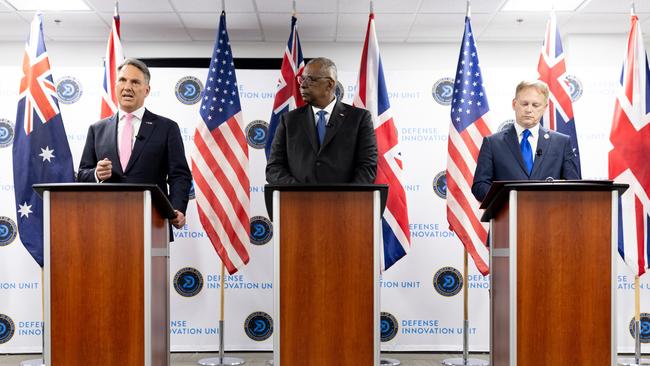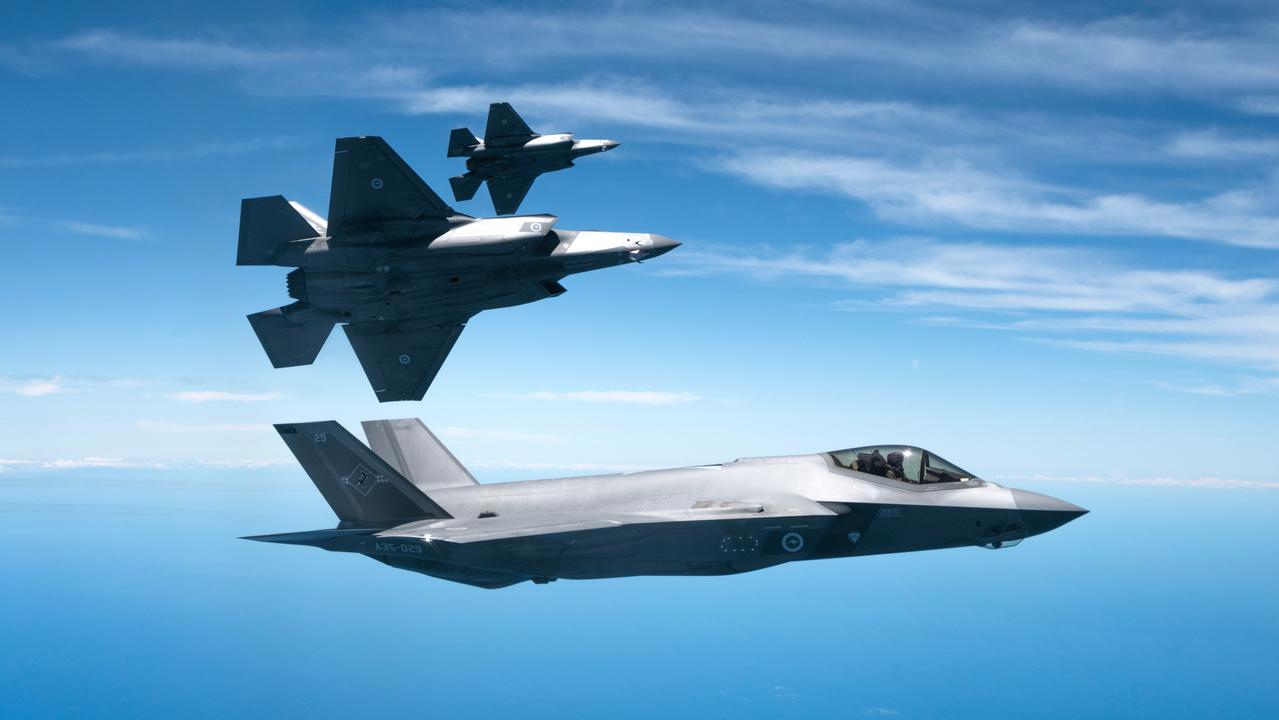More clarity needed for AUKUS Pillar 2
The AUKUS partnership has two pillars. The first is about nuclear-powered submarines, but the second is about ‘advanced capabilities’ that the US, the UK and Australia will need to develop in partnership.

It’s not all about submarines – the tripartite AUKUS partnership has two pillars.
The first is indeed about nuclear-powered submarines, but the second is about six “advanced capabilities” which the three AUKUS allies – the United States, United Kingdom and Australia F– will need to develop in partnership. And some two years after they were first listed, we’re about to see some AUKUS-related research activity.
The six are undersea capabilities, quantum science, artificial intelligence (AI) and autonomy, advanced cyber, hypersonics and counter-hypersonics, and electronic warfare. They basically describe the future of warfare, says Mark Stevens, founder of Sydney based firm Arican Advisory. They represent some of the capabilities a world-class force needs in order to prevail on the future battlefield – and they are also very much a US list, he adds. He believes the US was first to have a vision for AUKUS Pillar 2 and Australia has followed its lead.
Late last month the three allies simultaneously launched the AUKUS Electronic Warfare Innovation Challenge aimed at developing a competitive advantage in both targeting and counter-targeting EW.
The challenge statement seeks innovative, cheap, autonomous capabilities that can be bought in bulk to find, identify, target and engage an adversary using both conventional weapons and the Electro-Magnetic Spectrum (EMS).
The Advanced Strategic Capabilities Accelerator, ASCA leads the challenge for Australia’s researchers and industry.
“The release of this challenge creates an opportunity for Australian defence industry and academia to pitch the very best ideas to a trilateral audience,” says Stephen Moore, First Assistant Secretary for AUKUS Advanced Capabilities.
The US and UK are acknowledged global leaders in electronic and undersea warfare. But Australian researchers seem to be world class at the others, says Jamie Watson, Australian facilitator of the AUKUS Defence Investor Network and head of BMNT Australia.
“Australia is well regarded in these technologies,” Watson says. Australia punches above its weight thanks in part to a legacy of generations of investment in our R&D eco-system: “Our niche is in doing things smarter”.
The AUKUS Pillar 2 advanced capabilities list is forcing Australian companies and researchers to think about both a larger scale and a lower price. But innovation and research need a champion and capital if they are to deliver impact at scale. Dual-use technologies, in areas such as communications, logistics, healthcare, cyber technologies and space may be the vehicle for achieving the scale that AUKUS Pillar 2 demands, he believes.
Australian universities do world-class or world-leading research in things such as photonics, quantum science, material sciences, and aerospace and hypersonics, Stevens says. But they are often bad at commercialising research to deliver tangible results for Defence. And dual-use technology could become problematic under AUKUS-driven legislative changes planned in the near future, he cautions.
And until we get close to spending about 2.5 per cent of gross domestic product on defence, Australia won’t in any case have the discretionary spend that enables researchers and companies to develop new technologies quickly, he adds.
For this reason, around Easter this year Arican Advisory is launching the $1bn Periscope Australian national security growth fund to focus on AUKUS Pillar 2. The Periscope fund already has $100m committed and aims to help companies go from an early stage right through to maturity.
The fund aims to enable sound investment in a sector that’s still seen as opaque and risky and deliver a commercial rate of return. Exiting an investment might be a challenge, Stevens acknowledges, and by the nature of Defence some investments may need a longer “hold” than would normally be the case.
Electronic Warfare and the undersea domain are one focus of US prime contractor Northrop Grumman which has a major footprint in Australia and established its Parallax research laboratory in Canberra in 2021. Its director of AUKUS Strategy, Tom Wears, says AUKUS Pillar 2 will be an enduring tripartite relationship characterised by “evergreening” – continuously refresh-ing technology and avoiding vendor lock-in – and shared research and manufacturing.
“We need to expand our collective capability,” he says.
But he cautions that AUKUS Pillar 2 needs more clarity: objectives and pipelines that will enable industry and researchers to respond to specific needs.
And he also points out that, given the rate at which emerging threats are appearing, some of the advanced capabilities in AUKUS Pillar 2 need to be in service now.


